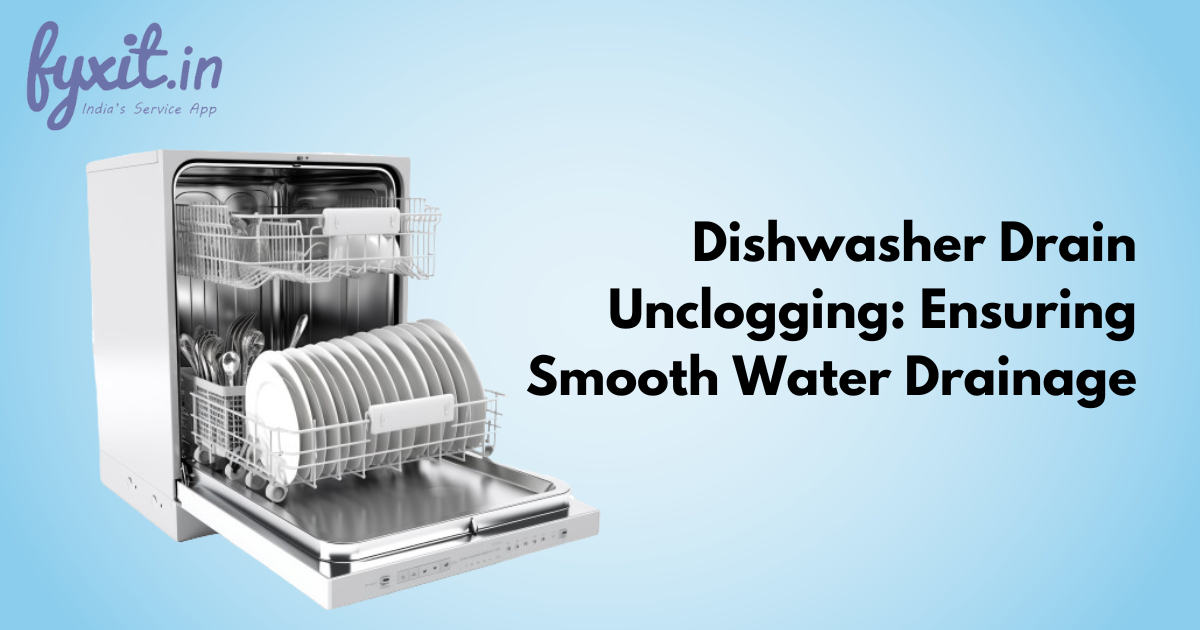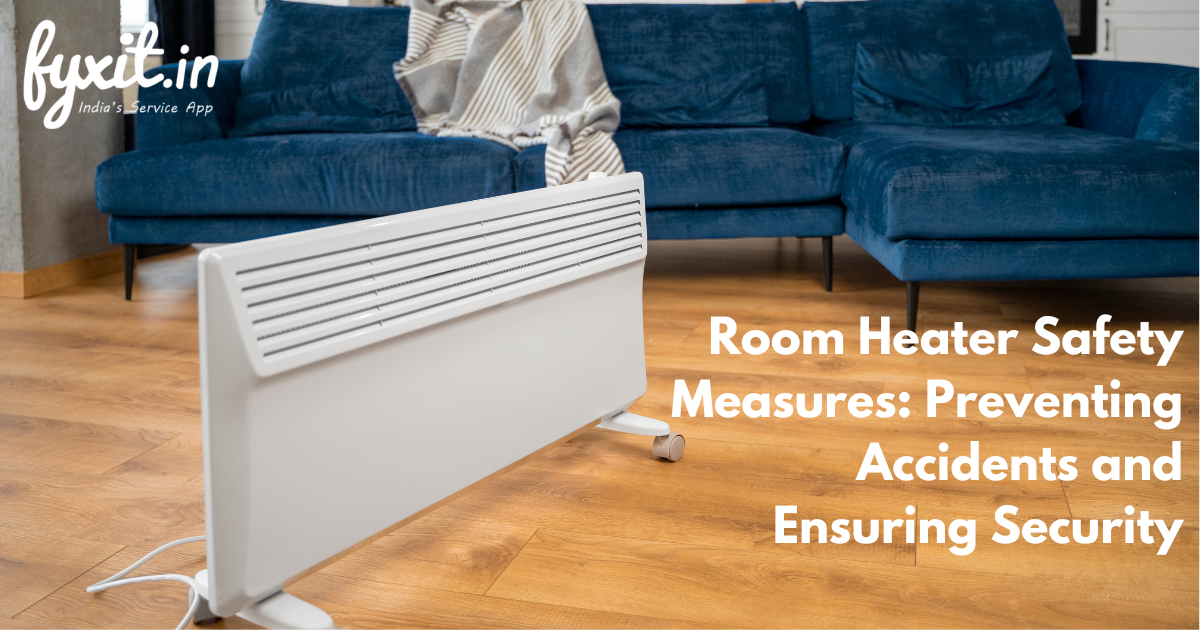A refrigerator is an essential appliance in every home, helping to keep our food fresh and healthy for consumption. However, to ensure that it continues to function effectively, regular maintenance and cleaning are crucial. Neglecting these tasks can lead to a build-up of dirt, grime, and bacteria, which can compromise the efficiency and effectiveness of your refrigerator. A clean and well-maintained refrigerator can help extend its lifespan and save energy, ultimately reducing your electricity bills.
Tips on How to Maintain and Clean your Refrigerator
- Clean the Condenser Coils
The condenser coils are located on the back or bottom of the refrigerator and can collect dust and debris over time. This buildup can reduce the efficiency of the refrigerator, making it work harder and increasing your energy bills. To clean the condenser coils, first unplug the refrigerator and use a coil brush or vacuum attachment to remove the dust and debris. - Keep the Interior Clean
Clean the interior of your refrigerator regularly to prevent the buildup of bacteria, mold, and odors. Start by removing all the food items and shelves, then use warm soapy water to clean the interior surfaces. Avoid using abrasive cleaners that can scratch the surfaces. Once the surfaces are clean, dry them with a clean towel or allow them to air dry. - Check the Door Seals
The door seals are responsible for keeping the cool air inside the refrigerator and should be inspected regularly for damage or wear. If the seals are damaged, they can cause leaks and reduce the efficiency of the refrigerator. To check the seals, close the door on a piece of paper or dollar bill and try to pull it out. If it slides out easily, it’s time to replace the seals. - Monitor the Temperature
The ideal temperature for a refrigerator is between 35 and 38 degrees Fahrenheit, and the freezer should be set between 0 and 5 degrees Fahrenheit. Use a refrigerator thermometer to monitor the temperature and adjust the settings as needed. If the temperature is too warm or too cold, it can affect the quality and safety of the food. - Keep the Door Closed
The more often you open the fridge door, the harder it has to work to maintain the desired temperature. Try to open the door only when necessary and avoid leaving it open for extended periods. This can help reduce energy consumption and extend the lifespan of the refrigerator. - Defrost the Freezer
If you have a manual defrost freezer, it’s important to defrost it regularly to prevent the buildup of ice. A buildup of ice can reduce the efficiency of the freezer and make it work harder. To defrost the freezer, unplug the refrigerator and allow the ice to melt naturally or use a hairdryer to speed up the process. - Clean the Drip Pan
The drip pan is located at the bottom of the refrigerator and collects water from the defrost cycle. Over time, the drip pan can become dirty and smelly, which can affect the quality of the air inside the fridge. To clean the drip pan, remove it from the refrigerator and wash it with warm soapy water. - Replace the Water Filter
If your fridge has a water dispenser or ice maker, it likely has a water filter that needs to be replaced regularly. Follow the manufacturer’s instructions to replace the water filter, usually every six months to a year. A dirty or clogged filter can affect the quality of the water and ice.
Maintaining and cleaning your refrigerator is essential to ensure optimal performance and prolong its lifespan. Regularly cleaning the interior, condenser coils, and drip pan, monitoring the temperature, and checking the door seals can help reduce energy consumption and save money on electricity bills. By following these tips, you can keep your refrigerator running smoothly for years to come.



